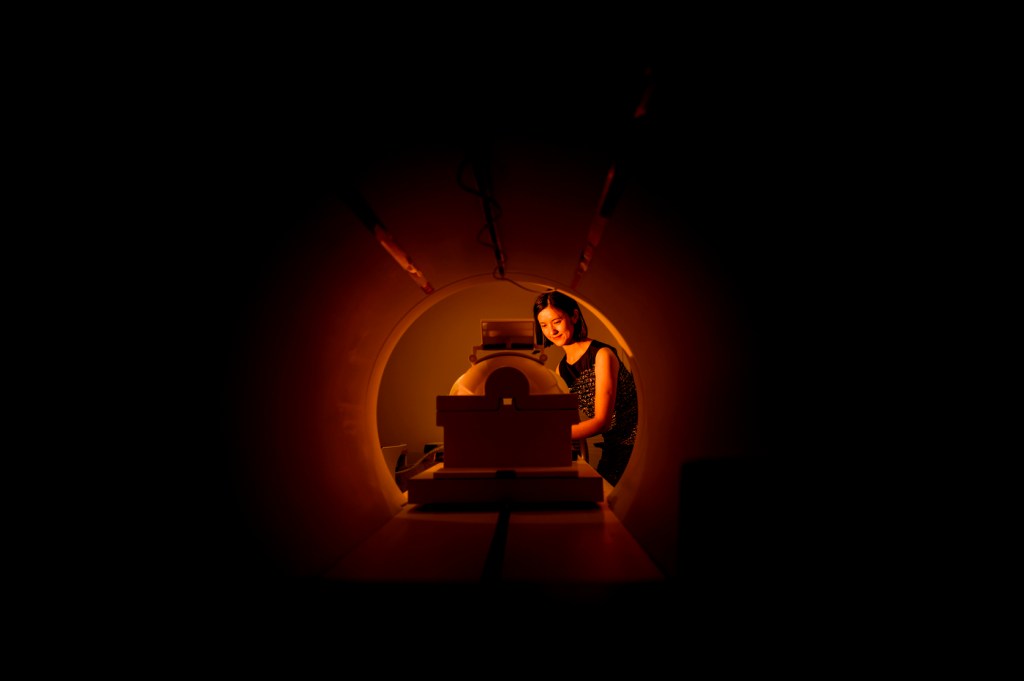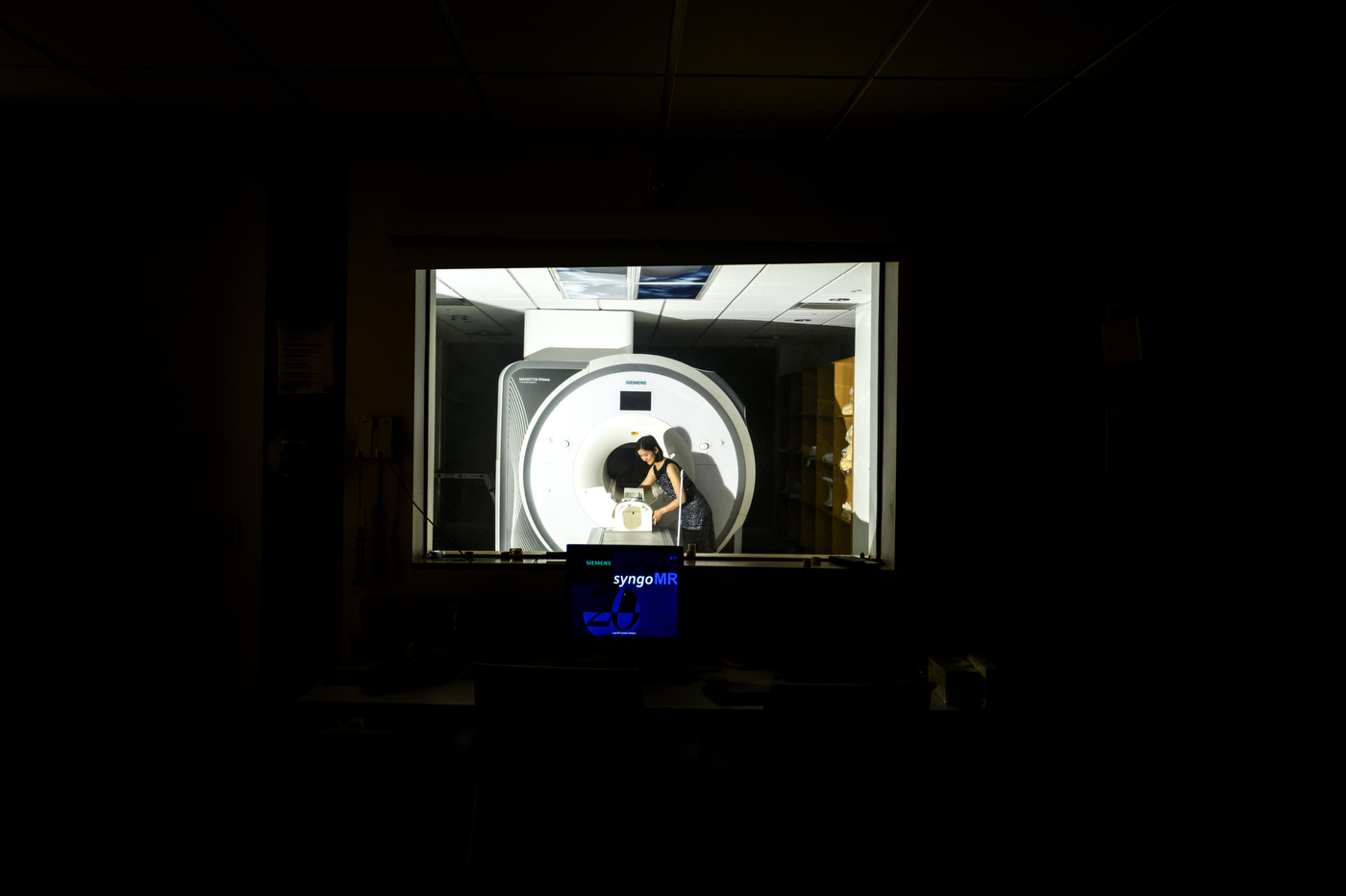How do autistic children learn to speak? New study to put language development theory to the test

For many of us, our first word was either “dada” or “mama.” A concept known as “statistical learning” likely played a role in helping us reach that milestone.
Statistical learning, or SL for short, is a foundational theory of language development used to explain the process by which a person gains the understanding to detect, extract and predict word patterns by taking in sound sequences and other forms of information.
The theory was first explained decades ago, when researchers found that infants were implicitly able to pick up on words and sound patterns by passively listening to people speak, explains Zhenghan Qi, assistant professor for the Department of Communication Sciences and Disorders and the Department of Psychology.
“Imagine you’re a 10-month-old baby just sitting there playing while you continually hear sound sequences,” Qi says. “After a few minutes, some words just pop out from that sequence because they always occur together, like ‘ba·by,’ ‘ba·by,’ ‘ba·by,’ ‘dia·per,’ ‘dia·per,’ ‘dia·per.’ These syllables, they always occur together, so your own brain is more attuned to that combination.”


This fall, Qi will be investigating the role statistical learning plays in informing language and literacy development in school-aged children with and without autism as part of a longitudinal study supported by the National Institute on Deafness and Communication Disorders. The university is leading the study in partnership with three other universities.
“Our study has three major goals, Qi says. “In six-year-old autistic children and their non-autistic peers, by using miniature artificial languages: One, we hope to test whether children’s statistical learning abilities can predict their long-term improvement of language and literacy skills in school. Two, we hope to decipher how children automatically pick up patterns from speech and prints in their environment by monitoring the oxygenated blood flow in their brains during learning. Lastly, we hope to prove that children’s learning in the lab is reflecting the language patterns they have learned over the years from their native language.”
Qi notes that previous studies have shown autistic learners to be a heterogenous group, each with their own set of strengths and challenges.
“Even with social communication challenges, some of them reach adequate or even superior language skills,” Qi says. “But others seem to struggle more.”
About 30% of those with autism have severe cases, Qi explains. And that population tends to be the one that has profound language impairments.
What role could statistical learning play in understanding autistic children’s language development long term?
That’s what Qi is hoping to answer with the study.
Two groups of 25 6-year-olds will be invited to the study. One group will be made up of typically developing children and the other group those with autism.
The children will be assessed twice over the course of three months next spring.
“For Time 1, we will collect baseline behavioral data and neuroimaging data,” Qi says. “For Time 2, we will follow up online three months later to assess the growth of language and reading skills.”
During their visit, students will be read a series of stories and play games while researchers take scans of their brains to understand how the children implicitly pick up on patterns. Students will also be asked to do some repetitive tasks such as repeating sequences of speech sounds and letters.
The longitudinal study builds off a paper led by Anqi Hu, a doctoral student in Qi’s lab. In the paper, the group compared 55 verbal children with autism with 50 typical developing children and had them complete a variety of statistical learning tasks.
“We saw a correlation across individuals that the ones that were able to perform better in learning linguistic patterns are also the ones who have better language skills,” Qi says. “This relationship only seems to be really prominent in autistic children, but not typically developing children.”
The new study will provide Qi and her team with new insights as the data collected will better illustrate how both autistic and non-autistic children develop over time. In conducting the research, the team hopes to better understand the neurobiological mechanisms that cause children with autism to struggle with language and literacy.
“Another goal of our study is not just to demonstrate that statistical learning and language behavior are behaviorally related within individuals,” Qi says. “We also want to ask ‘What is the brain basis of this relationship? How do pattern learning processes support our language development in the brain?’”
Cesareo Contreras is a Northeastern Global News reporter. Email him at c.contreras@northeastern.edu. Follow him on Twitter @cesareo_r.





